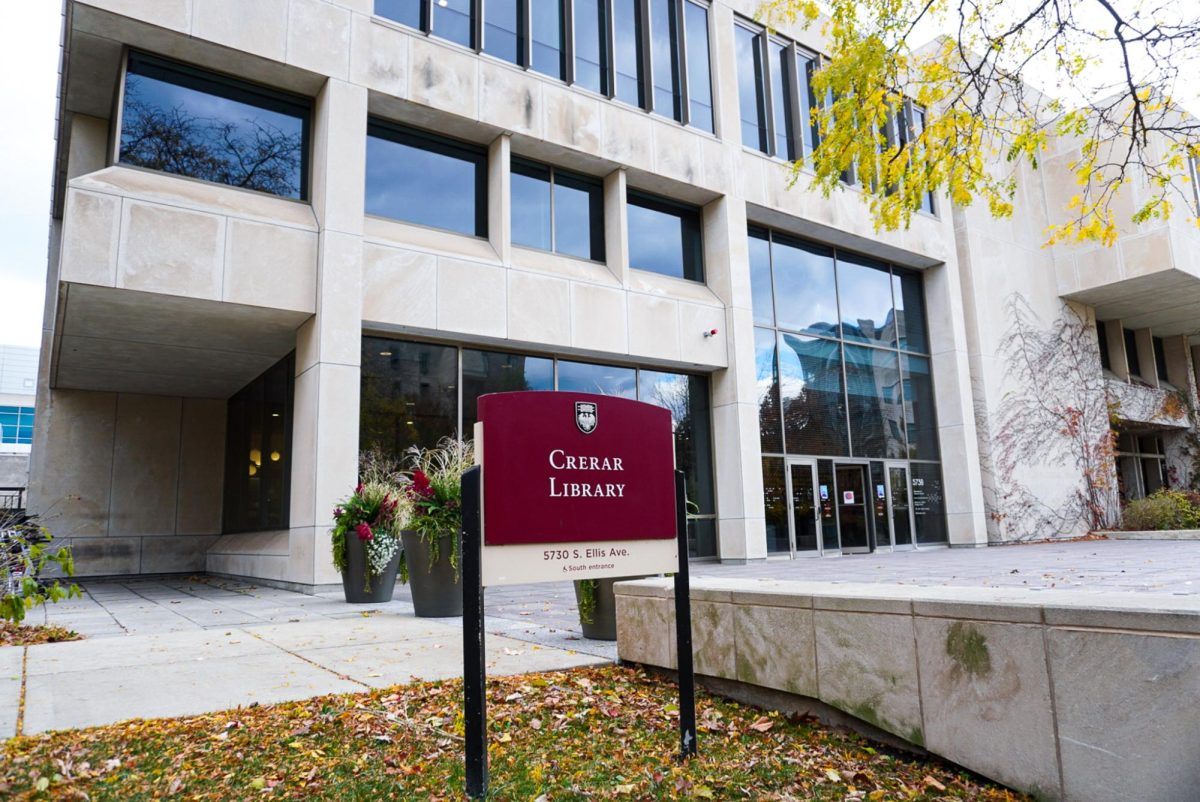It’s been 50 years since the famous Brown v. Board of Education decision that desegregated public schools and paved the way for equal educational opportunities for young blacks, a crucial step toward a truly color-blind society. There’s been progress since, but there is still a whole lot of work to do. To get to the next level of equality, we need to change the outdated, obstructionist rules of politically correct racial discourse and take advantage of exciting new developments in education reform.
Over the past few decades, increased spending on public schools and affirmative action programs in higher education have enhanced opportunities for black advancement. In fact, according to Stephan and Abigail Thernstrom, authors of America in Black and White, “Between 1965 and 1994, school expenditures per pupil rose by 122 percent, a gain one-third higher than the overall rise in per capita income in the period.” Specifically, Great Society programs such as Title 1 and Head Start recently reached a combined expenditure of more than $10 billion.
Acceptable results haven’t followed. As recently as 1995, the College Entrance Examination Board reported that only about 20 percent as many blacks were scoring over 600 on their math or verbal SAT tests as whites or Asians. College attendance by blacks increased significantly from 1965, when only 58 percent as many blacks as whites attended college, to 1995, when the ratio stood at 81 percent. Only 59 percent as many blacks as whites completed college in 1995, though, a relatively slight increase from 52 percent in 1965.
The system is giving more blacks a shot at educational advancement, but failing to equip them with the skills they need to take advantage of it
This state of affairs is—or should be—unacceptable to anyone. Conventional affirmative action programs are not getting the real job of erasing the oppressive legacy of generations of racist discrimination done.
But there are reforms underway that offer hope for propelling disadvantaged children to the next level. A recent U.S. News and World Report article documented the success of the Knowledge Is Power Program (KIPP). Founded in Houston 10 years ago by two former teachers, this charter school program takes mostly minority and poor children, beginning in the fifth grade, most of whom come with reading and math skills below their grade level. But KIPP turns them around. At a KIPP school in North Carolina, 47 percent of entering students read below grade level. After one year, that number dropped to 7 percent. The Bronx KIPP school is the highest performing Bronx middle school in math, reading, and attendance, all with a student body of low-income, minority students.
How is it done? Nothing fancy: long school days, extra homework, and discipline. Parents and students sign contracts requiring them to attend school and complete homework. Signs posted in the halls admonish students: “There are no shortcuts!” and “Be Nice!” U.S. News interviewed Martin Robinson, age 14, who grew up in the South Bronx and had to repeat fourth grade because he used to interrupt his teachers and neglect his homework. His role models were once drug dealers. Now, enjoying academic success and headed for college, he says, “If it wasn’t for KIPP, I’d be right out there with them.”
His comment speaks to a broader social constraint on black advancement. A culture still struggling to dig out from under generations of economic and social oppression often instills counter-productive messages in black children, many of whom view doing well in school as “acting white,” sociologist Laurence Steinberg found in his 1996 book Beyond the Classroom. Those disappointing SAT scores, The Journal of Blacks in Higher Education wrote a few years back, are in part a byproduct of the fact that “it has become increasingly ‘uncool’ in black inner-city schools to tackle serious academic pursuits.”
Unfortunately, the mere public discussion of this self-defeating cultural habit, or the very existence of innovative programs like KIPP, are too often cause for politically correct backlash. It becomes “racist” to note the failures of affirmative action or the toxic nature of anti-intellectual pop culture; charter schools are derided and obstructed by teacher unions and grandstanding politicians.
Do any of us—black, white, liberal, conservative, Democrat, or Republican—want to wake up in 50 years and still see today’s appalling racial gap in educational achievement? If not, we need to encourage the likes of KIPP, and open a new public-policy dialogue aimed at closing the racial gap for good.






